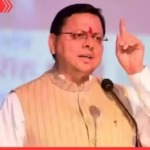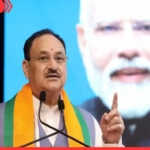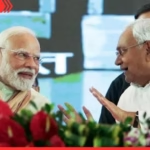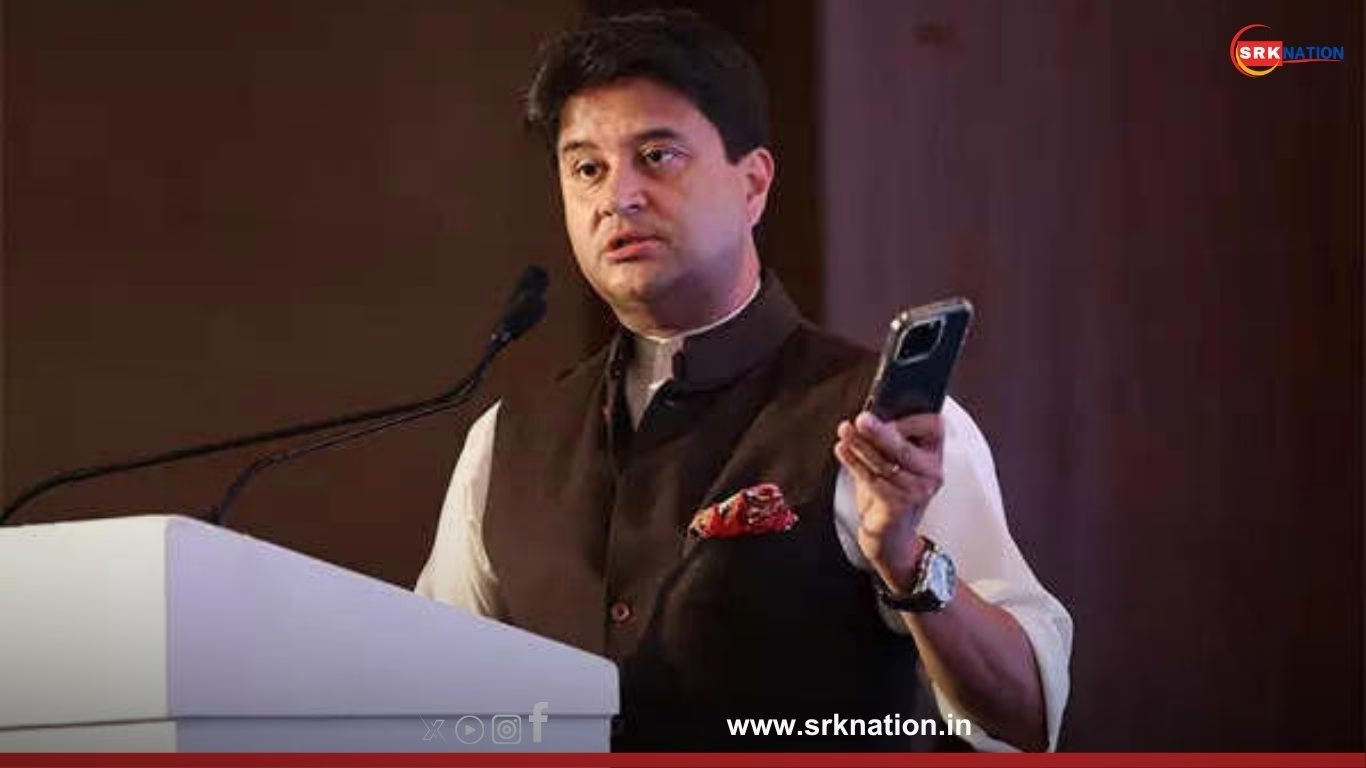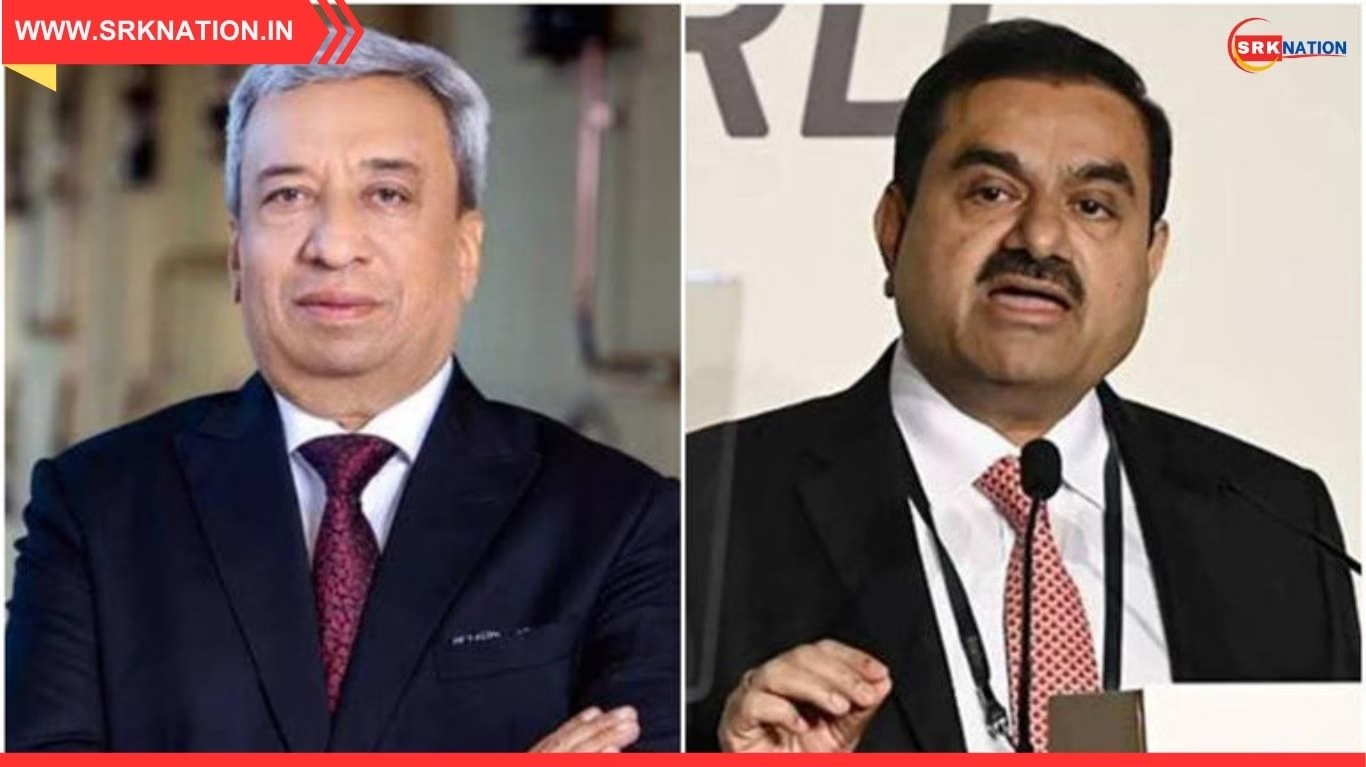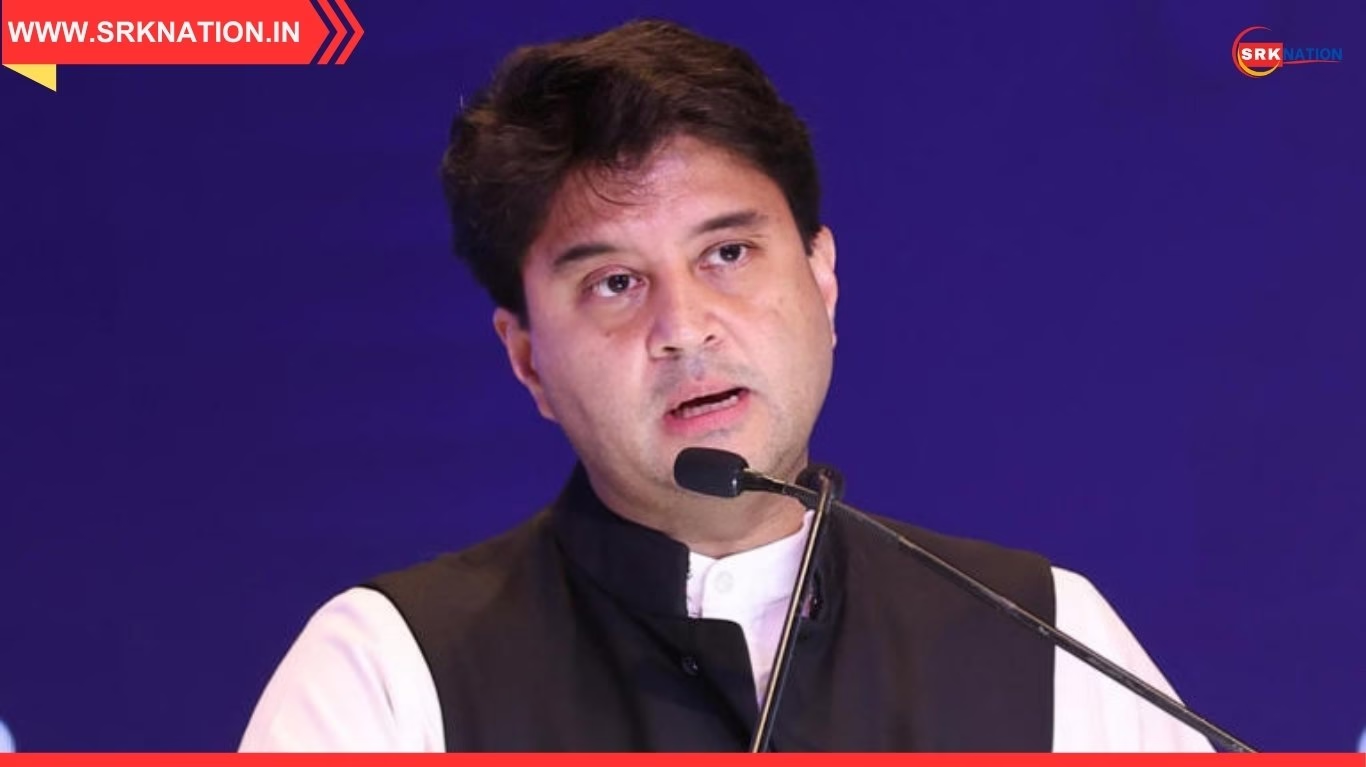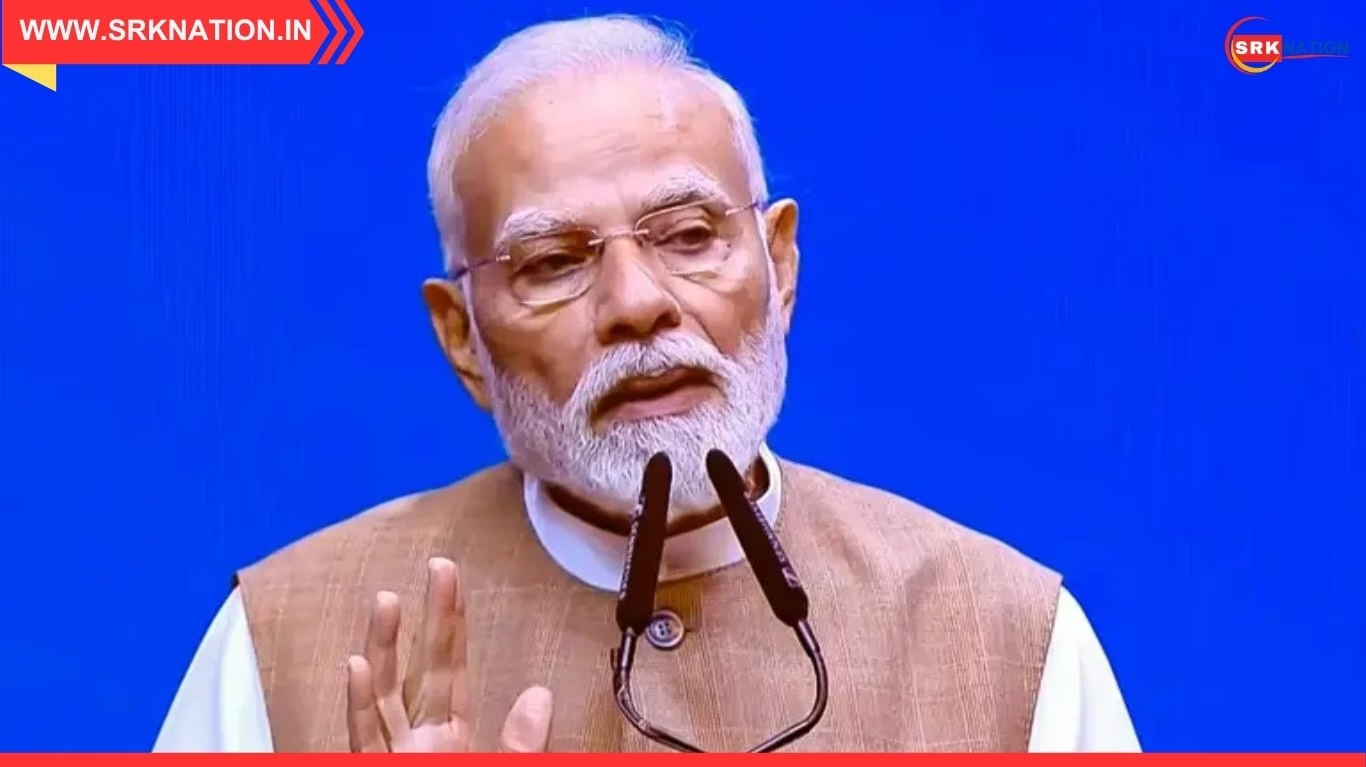India’s satellite communication (Satcom) market is poised for exponential growth, with projections indicating a doubling in size over the next couple of years, according to Union Minister for Communications Jyotiraditya Scindia. Speaking at the India Space Congress 2025 held in New Delhi, Scindia emphasized that the country’s Satcom sector is entering a transformative phase driven by policy reforms, private sector participation, and rising demand for high-speed connectivity in remote regions.
“The Satcom market in India is expected to double in the next two years. We are witnessing a paradigm shift in how satellite technology is being deployed—not just for broadcasting, but for broadband, mobility, disaster management, and rural empowerment,” Scindia said. He added that the government is committed to creating an enabling ecosystem for satellite operators, ground station developers, and downstream service providers.
India’s current Satcom market is estimated at $1.2 billion, with projections suggesting it could cross $2.5 billion by 2027. The growth is being fueled by demand from sectors such as aviation, maritime, defense, agriculture, and education, especially in underserved geographies.
India’s Satcom Market – Growth Forecast and Sectoral Drivers
| Year | Market Size (USD Billion) | Key Growth Drivers | Government Support Mechanisms |
|---|---|---|---|
| 2023 | 1.1 | DTH, VSAT, remote connectivity | ISRO bandwidth allocation |
| 2025 | 1.2 | Private Satcom players, IoT expansion | IN-SPACe regulatory reforms |
| 2027 (est.) | 2.5 | Rural broadband, LEO constellations | Satcom policy 2024, spectrum liberalisation |
Scindia highlighted the role of the Indian National Space Promotion and Authorization Center (IN-SPACe) in facilitating private sector entry into the Satcom domain. He said that over 30 private companies have received preliminary clearances to launch satellite-based services, with several planning to deploy low-earth orbit (LEO) constellations for pan-India coverage.
The minister also pointed to the recently approved Satcom Policy 2024, which simplifies licensing norms, enables spectrum sharing, and promotes interoperability across platforms. “We are moving from a restrictive regime to a facilitative one. The new policy will unlock innovation and investment,” he said.
Satcom Policy 2024 – Key Highlights
| Policy Feature | Description | Impact on Industry |
|---|---|---|
| Licensing Reform | Single-window clearance, reduced timelines | Faster market entry for startups |
| Spectrum Allocation | Technology-neutral, auction-based model | Transparent and competitive access |
| Ground Station Norms | Easier approvals, shared infrastructure | Cost reduction for operators |
| Foreign Investment | Up to 100% FDI under automatic route | Boost to global partnerships |
| Rural Connectivity Mandate | Mandatory coverage in remote areas | Inclusive digital growth |
India’s Satcom landscape is also being reshaped by global players entering the market. Companies like Starlink, OneWeb, Amazon’s Kuiper, and Hughes Communications have either initiated pilot projects or partnered with Indian firms to expand their footprint. Domestic players such as Nelco, Tata Play, and Bharti Airtel are also ramping up satellite-based offerings.
Scindia said that Satcom will play a pivotal role in achieving the government’s Digital India goals, especially in areas where terrestrial networks are unviable. “From Himalayan villages to desert hamlets, Satcom is the bridge to digital inclusion,” he said.
Satcom Use Cases – Sectoral Applications in India
| Sector | Application Area | Satcom Role | Key Beneficiaries |
|---|---|---|---|
| Education | Remote learning, virtual classrooms | Broadband via satellite | Students in tribal and hilly regions |
| Agriculture | Crop monitoring, weather alerts | IoT and satellite imaging | Farmers in rain-fed zones |
| Disaster Relief | Emergency communication, coordination | Mobile Satcom terminals | NDRF, state disaster agencies |
| Aviation | In-flight connectivity, air traffic control | LEO-based broadband | Airlines, DGCA |
| Maritime | Vessel tracking, crew communication | VSAT and satellite phones | Shipping companies, coast guard |
The minister also announced plans to set up a National Satcom Innovation Hub in Bengaluru, which will serve as a collaborative platform for startups, academia, and industry. The hub will offer testbeds, mentorship, and funding support for emerging technologies such as satellite IoT, quantum encryption, and AI-based traffic routing.
Social media platforms have seen a surge in discussions around India’s Satcom ambitions, with hashtags like #SatcomIndia, #ScindiaSpacePush, and #DigitalIndiaViaSatellite trending across Twitter/X, LinkedIn, and YouTube. Industry leaders and tech entrepreneurs have welcomed the minister’s announcement, calling it a “game-changer for India’s digital future.”
Public Sentiment – Social Media Buzz on Satcom Expansion
| Platform | Engagement Level | Sentiment (%) | Top Hashtags |
|---|---|---|---|
| Twitter/X | 1.3M mentions | 82% optimistic | #SatcomIndia #ScindiaSpacePush |
| 1.1M interactions | 85% analytical | #DigitalIndiaViaSatellite #INSPACe | |
| 950K views | 78% supportive | #IndiaSatcomGrowth #SpaceConnectivity | |
| YouTube | 870K views | 80% informative | #SatcomExplained #IndiaSpaceCongress |
Experts say India’s Satcom growth will depend on regulatory clarity, spectrum availability, and affordability of end-user devices. “The market is ready, the demand is real. What we need is seamless execution,” said Dr. Ritu Sharma, telecom analyst and visiting fellow at ICRIER.
The Department of Telecommunications (DoT) is expected to release a Satcom implementation roadmap by December 2025, outlining rollout targets, spectrum auctions, and rural coverage benchmarks. The roadmap will also include guidelines for cybersecurity, data privacy, and interoperability.
India’s Satcom Roadmap – Implementation Targets (2025–2027)
| Target Area | Milestone Description | Deadline |
|---|---|---|
| Spectrum Auction | 28 GHz and 42 GHz bands for Satcom | March 2026 |
| Rural Coverage | 100,000 villages with Satcom broadband | December 2027 |
| Startup Onboarding | 100 Satcom startups supported | June 2026 |
| Ground Station Network | 500 new stations across India | November 2026 |
| Regulatory Sandbox | Pilot projects for new Satcom models | April 2026 |
In conclusion, Union Minister Jyotiraditya Scindia’s announcement that India’s Satcom market will double in the next couple of years signals a bold leap toward digital inclusion and space-based innovation. With policy reforms, private sector momentum, and global partnerships converging, India is well-positioned to become a leading Satcom hub in the Indo-Pacific region. As the sector evolves, its impact will be felt not just in megacities but in the remotest corners of the country.
Disclaimer: This article is based on publicly available government statements, verified industry data, and expert commentary. It does not constitute investment advice or commercial endorsement. Readers are advised to follow updates from the Ministry of Communications, IN-SPACe, and official portals for accurate information.


